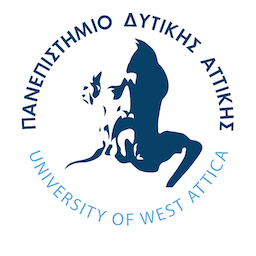Publications
2022
3.
In: Φysikotherapia, vol. 25, no. 4, pp. 18-66, 2022.
2021
2.
Diagnostic accuracy of examination tests for lateral elbow tendinopathy (LET) - A systematic review Journal Article
In: J Hand Ther, 2021.
1.
In: Br J Sports Med, vol. 55, no. 9, pp. 477-485, 2021.


